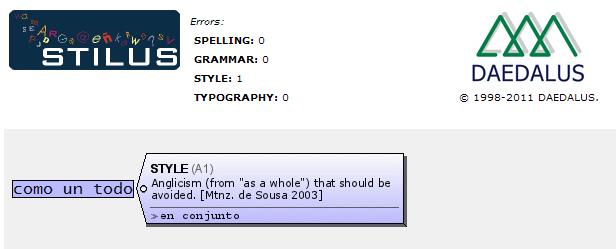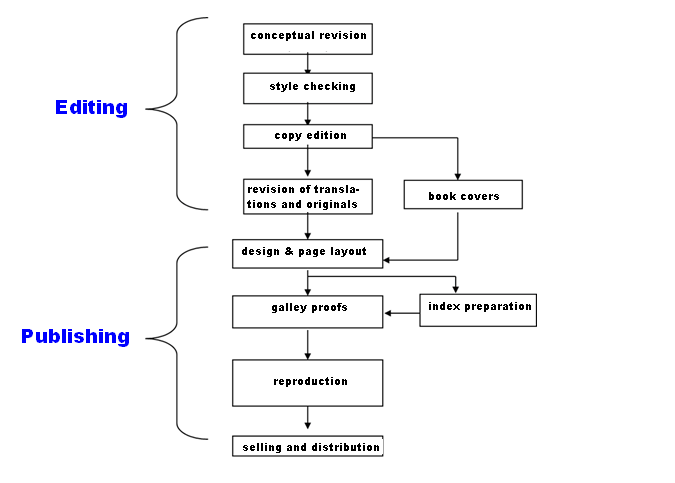A human proofreader is a professional in charge of revising materials written by an author. He tries to ensure that the readers receive the message clearly and free from errors.
The editing process is commonly comprised of several different levels of textual revision: spelling and typographical checking, style checking, conceptual revision, and revision of translated texts, were that the case. All of the publishing houses are aware of this process, but only a few put it into practice. In reality, it is not common for a publishing house to properly assign each revision type to specialized proofreaders. Usually, the proofreader of a given text gets far too much work, as he carries out all the revision work that three or four specialists should have done. He stands as a mediatory demiurge who links ideas to something legible. How much are they paid for this? 0,72 € per 1000 matrixes (or characters with spaces) for proofreading on screen, and around 0,50 € for second galleys (proofreading on paper). In conclusion, they are working for five or six euros per hour in the most profitable cases.
How can the automatic text verification technology contribute to the proofreading process?
Granted, philologists and some other language professionals are very reluctant to anything related to “automatic proofreading”, however, we want to make clear that prejudging a last-generation software tool is somewhat unfair. Language lovers might congratulate themselves on the new Natural Language Processing technologies that make it possible to automatically proofreading a text. These automatic proofreaders are able to check, with a high degree of linguistic precision and recall, many items regarding spelling and typography (according to the application’s degree of processing). Equally, they can make a text conform to the spelling and grammar rules. On the other hand, the majority of these applications do not rewrite the text automatically, but rather they give the user a choice among the different proposals that the application makes.
What issues can be addressed by automatic proofreading?
 Spelling and typographic checking. An optimum level of orthographic recall can be reached if the system has a good lexical base. This avoids false warnings on existing words (even if they are not frequent), and also permits to check the spelling of national and foreign proper nouns (e.g. toponyms, persons’ names, institutions, brand names, etc.). In addition, many tools comprise personal dictionaries where new words are added, hence the lexical base is expanded. On the other hand, these new applications are becoming context-sensitive so that homophones and diacritic errors can be found. Finally, there are more issues concerning spelling and typography that a proofreading application considers too: it can now advise on the use of italics (e.g. foreign words), verify the opening and closing of pairs of signs, warn of wrong sequences of punctuation marks, verify the correct use of upper and lower case letters, check the spacing (double spaces, required spaces or joins between typographic signs and words), etc.
Spelling and typographic checking. An optimum level of orthographic recall can be reached if the system has a good lexical base. This avoids false warnings on existing words (even if they are not frequent), and also permits to check the spelling of national and foreign proper nouns (e.g. toponyms, persons’ names, institutions, brand names, etc.). In addition, many tools comprise personal dictionaries where new words are added, hence the lexical base is expanded. On the other hand, these new applications are becoming context-sensitive so that homophones and diacritic errors can be found. Finally, there are more issues concerning spelling and typography that a proofreading application considers too: it can now advise on the use of italics (e.g. foreign words), verify the opening and closing of pairs of signs, warn of wrong sequences of punctuation marks, verify the correct use of upper and lower case letters, check the spacing (double spaces, required spaces or joins between typographic signs and words), etc.
- Grammar checking. Last-generation proofreading applications have the potential to disambiguate different senses. It allows for finding many agreement errors at different sentence levels, and other syntactic violations such as mismatched verb tenses, or errors in prepositional government.
 Style checking. These applications are able to make suggestions about spelling variations that are much preferred, lexical misuses or very colloquial registers. They can also provide alternatives to foreign words, and warn of phenomena that can make reading confusing (abusive use of prepositions, word repetitions, too long sentences, redundancies, unwanted technical words, etc.).
Style checking. These applications are able to make suggestions about spelling variations that are much preferred, lexical misuses or very colloquial registers. They can also provide alternatives to foreign words, and warn of phenomena that can make reading confusing (abusive use of prepositions, word repetitions, too long sentences, redundancies, unwanted technical words, etc.).
- Revision of translations. These applications are able to find loan translations between the source and the target language. They can also warn of false friends or wrong transliterations.
Try Stilus, our proofreading software
What is left for a human proofreader?
[English version of ¿Qué aporta la corrección automática al profesional de la edición? (parte 1)]

